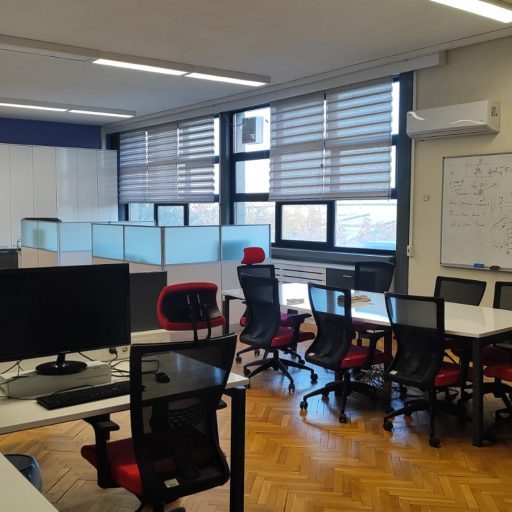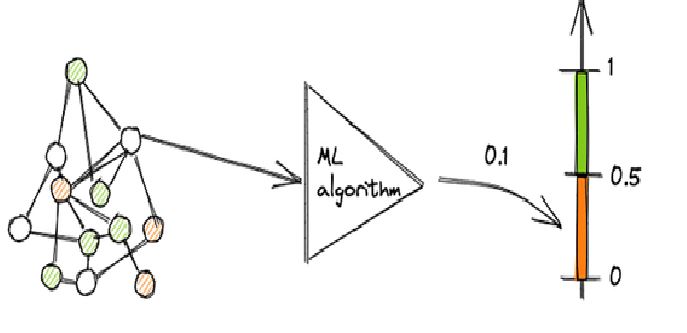Our research group is dedicated to advancing intelligent building systems through the integration of reinforcement learning (RL), deep learning, semantic ontologies, and IoT-enabled data infrastructures. Our work spans across energy-efficient HVAC control, real-time environmental sensing, metadata-driven semantic modeling, and automated waste classification – pushing the boundaries of sustainable and adaptive smart infrastructure.


Reinforcement Learning for Smart HVAC Systems
Deep Reinforcement Learning (DRL) techniques have been extensively researched to optimise the way HVAC systems operate. The control strategies we developed aim to balance thermal comfort, energy consumption and indoor air quality (IAQ) under varying weather conditions and user density.
– Multistage HVAC and Fan Control: Working on a DRL architecture where air conditioning systems and window-mounted industrial fans are optimised together, with a DRL architecture.
– Algorithmic Advances: Algorithms such as DQN, PPO and SAC are being tested in the Sinergym-EnergyPlus simulation environment to improve system accuracy and reliability.
Transfer Learning & Meta-RL for Cross-Environment HVAC Adaptation
Transfer from simulation to the real environment is a common challenge. The Model-Agnostic Meta-Augmentative Meta-Reinforcement Learning (MAML-RL) framework attempts to enable rapid climate adaptation to different climatic conditions.
Smart Buildings And Machine Learnings
Smart homes are environments where devices and systems interact with each other, enhancing user experience and quality of life.
Machine learning plays a critical role in analysing data and making predictions in these environments. Most machine learning models are trained on raw data, and this is also true for prediction algorithms used in IoT.
This means that we will lose information about the relationships between devices.
Accelerated DRL Training via LSTM-Based Surrogate Simulation
To tackle the slow training cycles imposed by physics-based simulators like EnergyPlus, we introduced an LSTM-based surrogate simulator. It enables scalable experimentation and prototyping, achieving up to 57.6% reduction in RL training time.
Semantic Interoperability through Ontology-Driven Metadata Integration
By developing a pipeline that generates RDF knowledge graphs from EnergyPlus outputs, we have enabled semantic modelling compatible with SAREF. This structure makes CO2 levels, occupant presence and HVAC decisions semantically queryable. And it turns the relationship between parameters into mathematical data.

